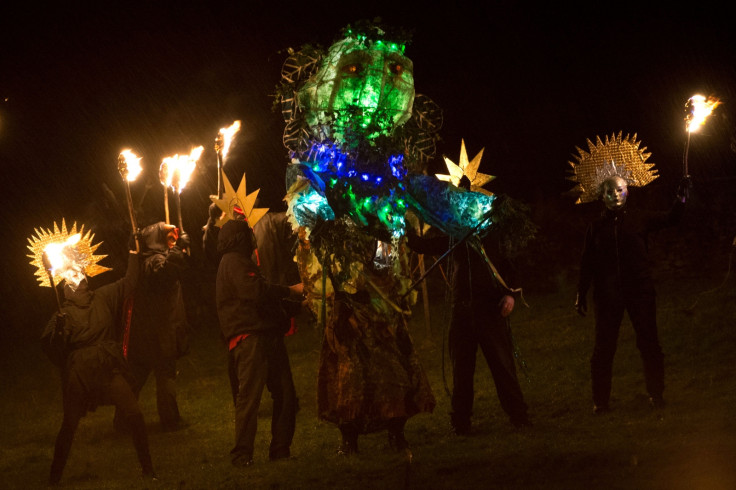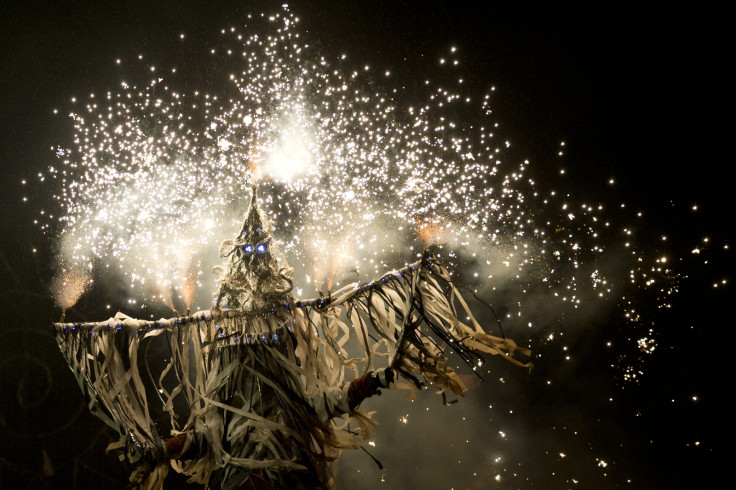Imbolc festival: A short history of the Gaelic celebration dating back to 10,200 BC
Celebrations are held by pagan communities on 1 February to observe the astronomical midpoint between Winter Solstice and Spring Equinox.

You would be forgiven for forgetting to put Imbolc, or Saint Brigid's Day, into your diary. But the Gaelic festival – observed annually on 1 February – is one of the oldest celebrations marking the beginning of spring, and has a rich history in Ireland, Scotland and the Isle of Man.
Imbolc celebrations are held by some pagan communities on 1 February in the northern hemisphere, to observe the astronomical midpoint between the Winter Solstice and the Spring Equinox. It is named after an Irish word originally thought to mean "in the belly" – although it can also be translated as "ewe's milk".
The date is thought to have been significant since the Neolithic period, the last part of the Stone Age, based on the alignment of some Megalithic monuments. At the Mound of the Hostages on the Hill of Tara, an archaeological complex in County Meath, the inner chamber is aligned with the rising sun on the dates of Imbolc and Samhain - the pagan "Feast of the Dead". Many Christians observe the date as the feast day of Saint Brigid.
Origins

The day is referenced in some of the earliest Irish literature, an indication of its significance throughout Gaelic history. It is believed that Imbolc was originally a pagan festival associated with the goddess Brigid, considered goddess of fire and the arrival of early spring in Celtic mythology.
Imbolc was one of the cornerstones of the Celtic calendar. For them the success of the new farming season was of great importance. As winter stores of food were getting low, Imbolc rituals were performed to harness divine energy that would ensure a steady supply of food until the harvest six months later.
Traditions

The lighting of fires celebrated the increasing power of the sun over the coming months. For the Christian calendar, the holiday was reformed and renamed Candlemas – where candles are lit to remember the "purification of the Virgin Mary".
A celebration of hearth and home and the sign of longer days to come, traditional customs included hosting special feasts, visiting holy wells and carrying out divination. Brigid crosses were also made – although many of these died out in the 20<sup>th century.
Another tradition of Imbolc was weather divination and the ancient tradition of watching to see if serpents or badgers emerged from their winter dens – which is thought to be a harbinger of the American tradition, Groundhog Day.
© Copyright IBTimes 2025. All rights reserved.



















